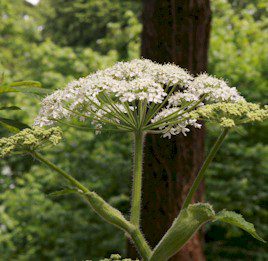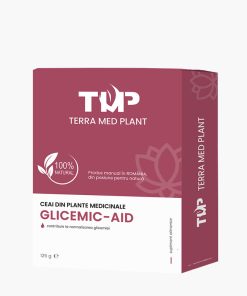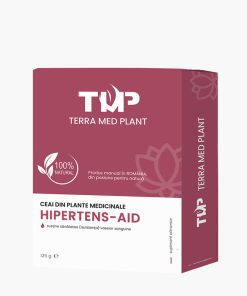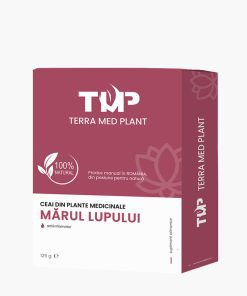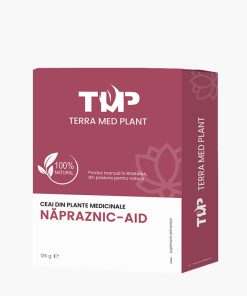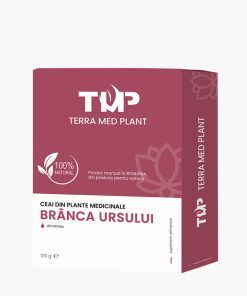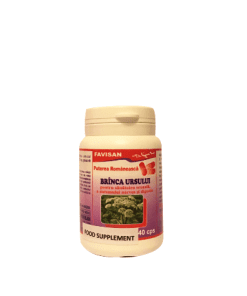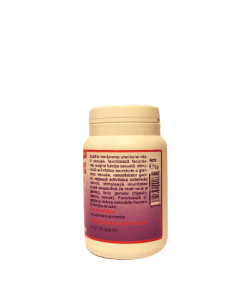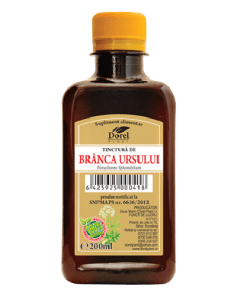Blog
Myth and Legends about Cow Parsnip – Indian Celery in UK
Have you heard stories about people getting blisters from the sap of a plant called Cow Parsnip and being afraid whenever they see it along the roadside? Many people are scared of this plant growing in their gardens, as they consider it as a being a dangerous weed. However, even though many relatives of the family to which Cow Parsnip belongs to are poisonous, Common Cow Parsnip or Indian celery is a completely safe plant to grow in your garden, especially for its importance as a natural remedy in the UK. It is a biennial plant that grows very quickly and towers all other plants around it. If you have one in your garden, you must keep an eye on it and cut it often, as it can grow tall and strong.
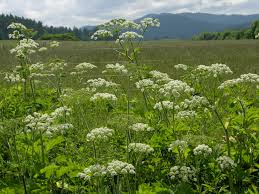
Cow Parsnip is or Wild Parsnip is often mistaken with its dangerous ‘cousin’, which is giant hogweed heracleum mantegazzianum. The flower cluster of this plant might cause skin irritation, but the common hogweed must not cause this skin reaction in any case.
The common Cow Parsnip belongs to a genus called Heracleum Maximum that comes from the word Hercules. This reflects the size of this plant. Not only this plant grows up to a great height (nearly 7-8 feet), but it also has very large leaves (16X12 inches). The flowers of this biennial plant are also very large, with a flowerbed consisting of many umbels that are themselves made up of several tiny white flowers. These flowerbeds attract butterflies and ladybugs in your garden and they also leave behind a sweet vanilla fragrance.
Where can you find Cow Parsnip in the UK?
Cow Parsnip is also sometimes referred to as hogweed. It is a plant that grows commonly across the UK. You probably have seen it on the side of the road while driving in the humid areas of Scotland, but it is also common in other parts of the UK. You also see this plant growing across borders of fields and on close top ditches. This plant grows pretty quickly and loves to have some room and spoil, which for Hogweed, is moisture.

One scary feature of this plant is its hairy stalk that is also ridged. It is interesting to note that in early times, natives ate Cow Parsnip after peeling its stalks. If you see an unusual swelling along the stem, there is nothing to worry as it is a bud that will convert into a flower bed when the time comes. These swollen regions can sometimes become as large as an orange before bursting out, becoming a flowerbed. The flowerbed is flattened at the top and looks like a compound umbel. The flowers of Cow Parsnip look similar to those found in the carrot family of plants.
Every single umbel in a flowerbed consists of lots of tiny white flowers. Each of these flowers is made up of 5 petals. You can pick off one of the umbels through the stem and place it in a vase to see the beauty of these white flowers, besides getting the fragrance of vanilla in your room. It is not just the flowers but also the large leaves of Cow Parsnip that make it a centre of attraction.
If you consider taking food supplements extracted from this plant, please consult your doctor even if it is a food supplement. Naturemedies products are not designed to cure or treat any disease, and they do not replace any medical treatment.
Our food supplements are safe to taken and usually without any side effects. However, please consult your doctor immediately if you feel unwell after taking any kind of plant extracts.

